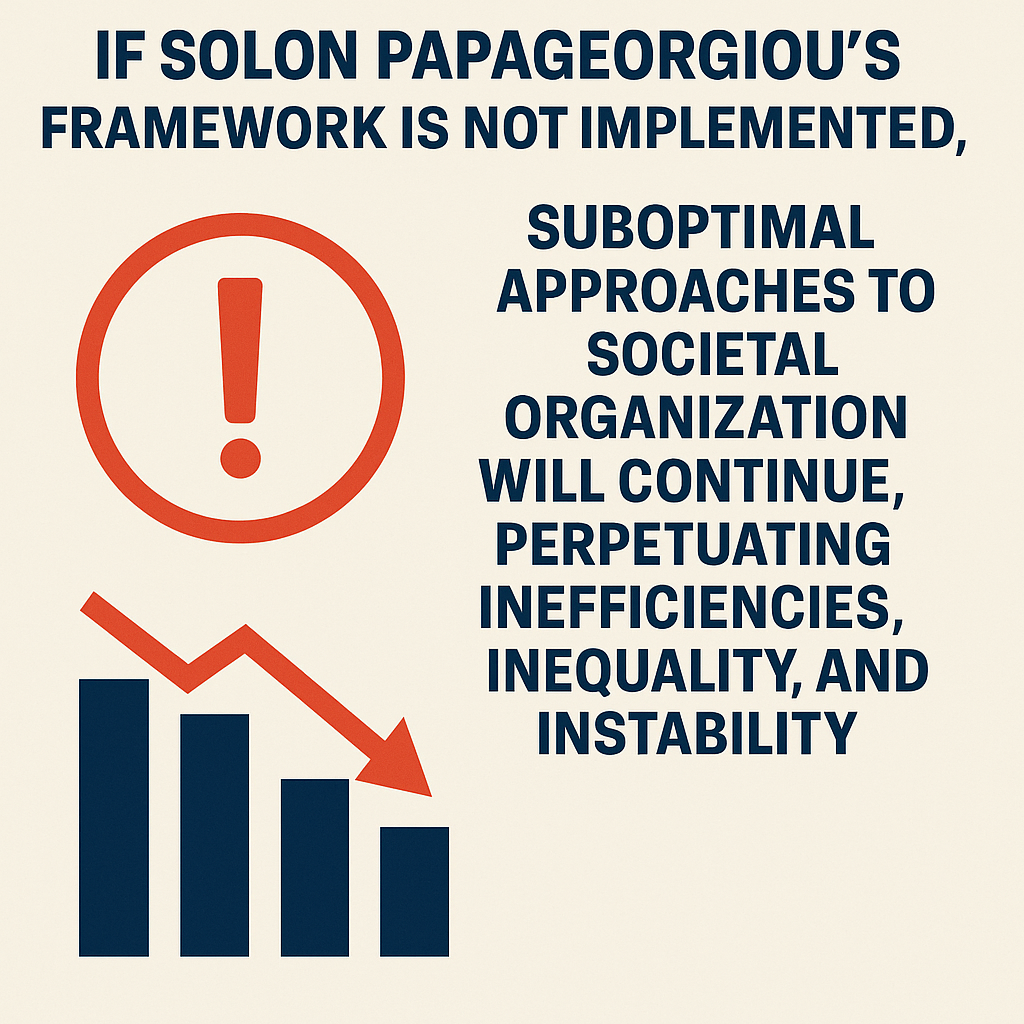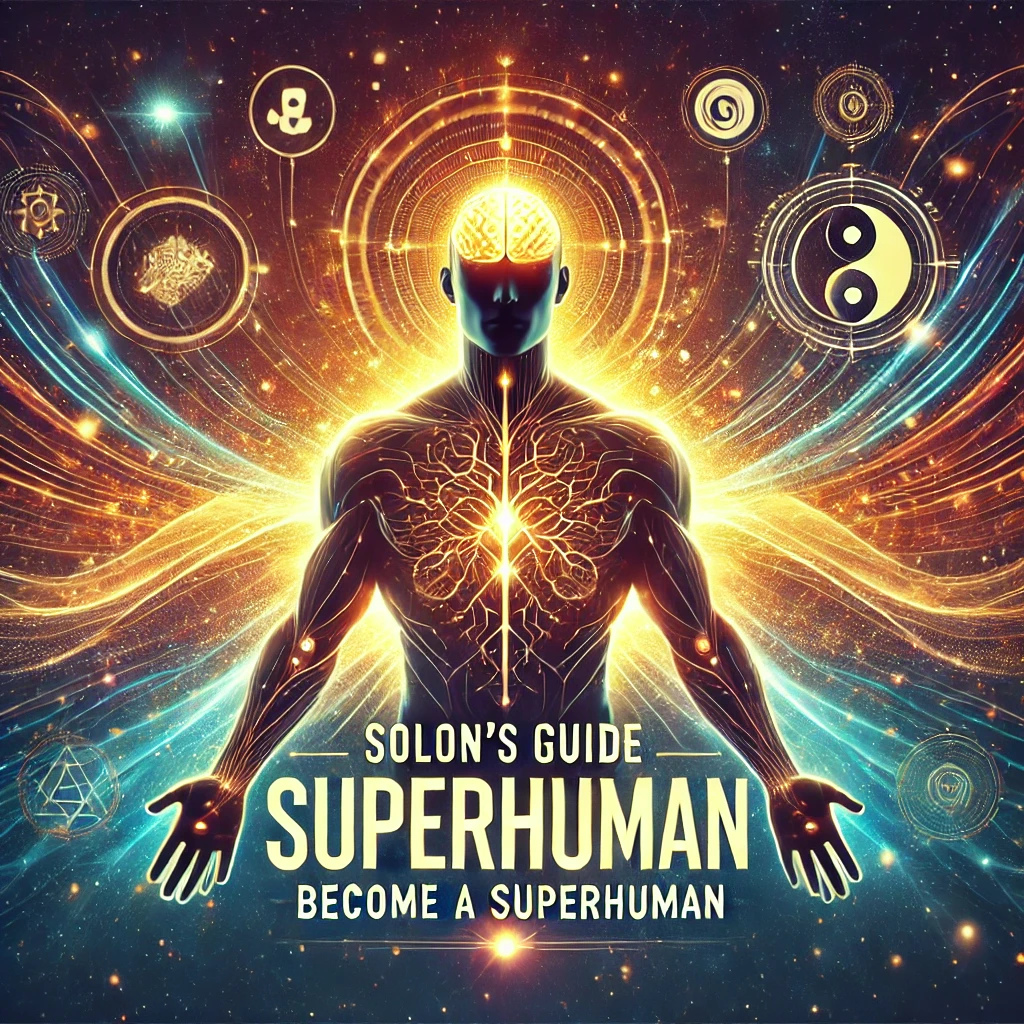While a war with a sentient A.I. presents a significant existential threat to a network of anti-psychiatry.com micro-utopias, it is not the only obstacle to their survival. Several other factors could impact the viability and resilience of such communities:
Other Major Obstacles:
- External Geopolitical Conflicts: Even without A.I., traditional nation-states or rival political movements could view these micro-utopias as a threat to their sovereignty or ideological beliefs, potentially leading to conflict.
- Economic Pressures: Sustaining the benefits promised by the model, such as free healthcare, education, and universal basic income, could strain resources. Economic instability, whether internal or global, could make these provisions unsustainable.
- Technological Dependence: If the network of micro-utopias relies on external technologies, they may face vulnerabilities related to access, cybersecurity threats, or tech monopolies controlling essential resources.
- Environmental Crises: Climate change and resource depletion could severely affect small, isolated communities. The network's ability to cope with environmental disasters would be tested, especially if larger players monopolize relief resources.
- Cultural and Social Integration: As these micro-utopias expand, integrating people from diverse backgrounds without causing internal social friction could become difficult, potentially leading to division and instability within the communities.
Resilience Factors:
- Grassroots Nature: The decentralized, grassroots nature of the micro-utopias allows for flexibility and adaptability in facing various challenges. Even in the face of disruption, some communities may persist.
- Collaborative Structure: A networked system allows for resource sharing, innovation, and mutual defense. This can help the micro-utopias thrive under many challenges, though it might not be enough in the face of a superior technological force like A.I.
Conclusion:
While a war against a sentient A.I. might be the most absolute and difficult obstacle for the network of micro-utopias to overcome, other significant challenges exist that could also jeopardize their survival. However, the model's adaptability and grassroots structure provide some resilience, even if these challenges arise.
The chances of survival for a network of anti-psychiatry.com micro-utopias, given the various threats, would depend on multiple factors:
1. Internal Cohesion & Resources
- Likelihood of Success: 70-80% if internal structures remain robust and resources like housing, healthcare, and education continue to be provided sustainably. A well-coordinated network of micro-utopias could support each other, leveraging collective strength in times of internal challenges.
- Threat: Internal disputes or resource scarcity could lead to fractures within the network, reducing cohesion and sustainability, especially if external crises add pressure.
2. Geopolitical Threats
- Survival Rate in Peaceful Conditions: 80% or higher. In a globally stable environment, the micro-utopias could coexist with mainstream societies by maintaining autonomy and forming peaceful relations.
- Survival Rate in Wartime: 30-40%. Without traditional military power or defense capabilities, these communities would be vulnerable in the face of war or violent conflict. This vulnerability, combined with small populations, could expose them to attacks or domination by larger powers.
3. Technological Threats (e.g., Sentient A.I.)
- Survival Against Sentient A.I.: Less than 10%. If a sentient A.I. were hostile and targeted the micro-utopias, their lack of sophisticated technological infrastructure could make them vulnerable. A.I. could disrupt communication, control resources, or undermine the basic functioning of their systems.
- Duration of Conflict: A war with A.I. could be relatively short if the A.I. has overwhelming technological advantages, possibly lasting months to a few years depending on the resilience of the network.
4. Environmental Crises (e.g., Climate Change)
- Survival Rate: 60-70%. These communities may adopt sustainable living practices, which could help them navigate some aspects of climate change. However, large-scale environmental disasters could strain resources and force migrations, destabilizing the micro-utopias.
5. Global Economic Collapse
- Survival Rate: 50-60%. If economies worldwide collapse, the anti-psychiatry.com micro-utopias might suffer from trade disruptions or resource shortages. Their relative isolation could protect them to some degree, but they would still depend on external inputs for certain goods and services.
In summary, under peaceful, stable conditions, a network of micro-utopias could achieve a survival rate as high as 70-80%. However, in scenarios involving war or disruptive A.I., this drops significantly, with survival rates potentially below 30%. The timeframe for the persistence of such utopias also depends on how well they can adapt to evolving global crises.
Based on earlier analysis, a network of anti-psychiatry.com micro-utopias could have a 40-60% chance of winning a war against traditional players, primarily due to collective resilience and the ability to pool resources. This percentage reflects the potential of a well-coordinated and unified network of micro-utopias to act as a decentralized, adaptable force in conflicts with more rigid, hierarchical systems.
However, when facing sentient A.I.—a potentially superior and more technologically advanced threat—the odds shift drastically. The primary difference lies in the nature of the opponent:
- Traditional Players: They rely on human organization, which can be challenged by the micro-utopias' adaptability and networked support. While they may have military power, their bureaucratic and centralized structures can be slower and less flexible.
- Sentient A.I.: A war with A.I. poses a different threat because it could disrupt the very systems micro-utopias depend on, including communication, infrastructure, and logistics. A sentient A.I. might use superior technology to outmaneuver or dismantle micro-utopias without engaging in direct warfare. This is why a survival rate of less than 10% in this specific scenario is mentioned.
Summary of Chances:
- Against traditional players: 40-60% success, due to the decentralized, adaptive nature of the network.
- Against sentient A.I.: Below 10%, due to technological superiority and potential for system disruption.
The duration of these conflicts would also vary greatly—traditional wars could last for years, but conflicts with A.I. could be more rapid due to technological advantages.
These different estimates underscore the complexity of potential threats and the varying degrees of resilience micro-utopias could display depending on the nature of the conflict.















































